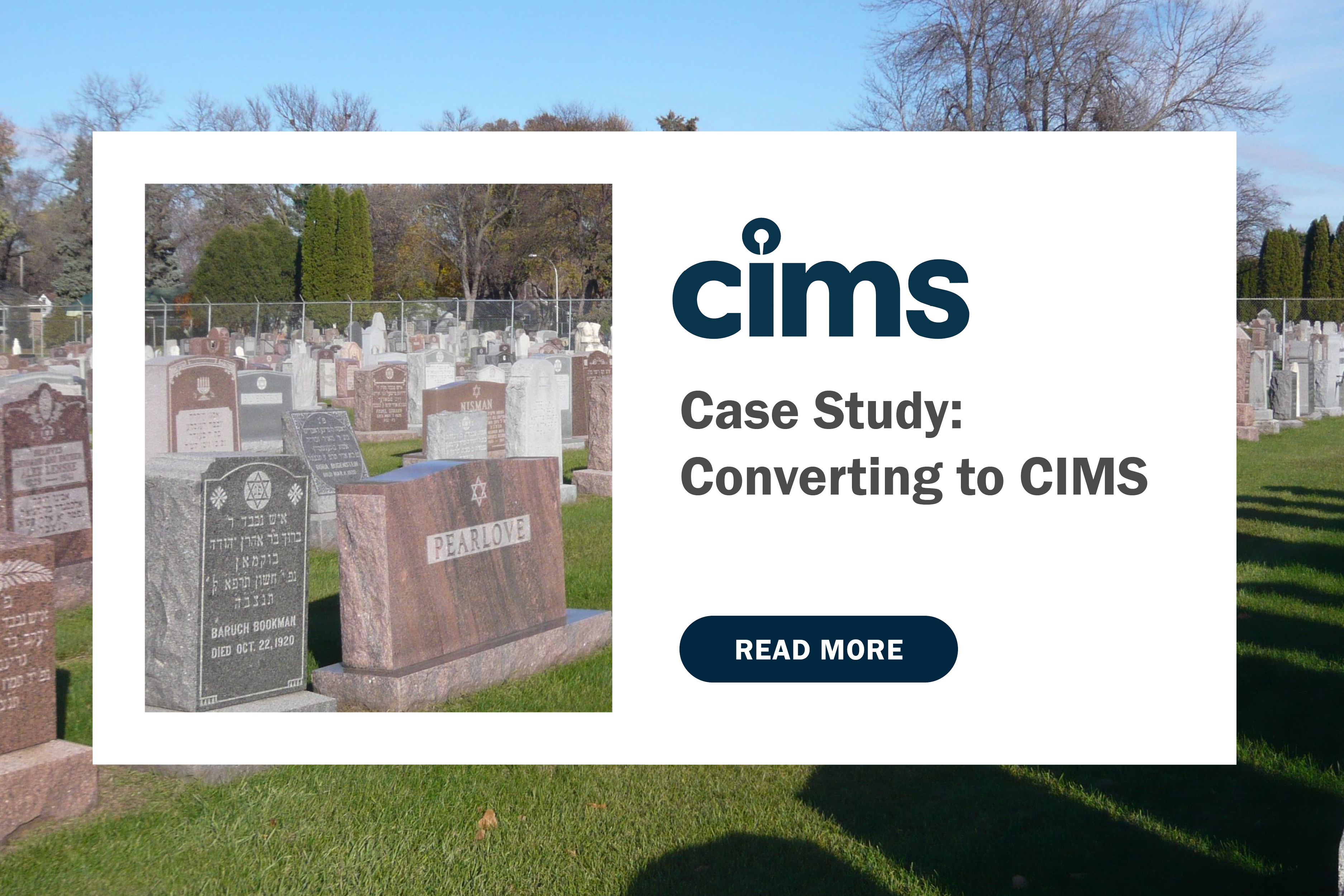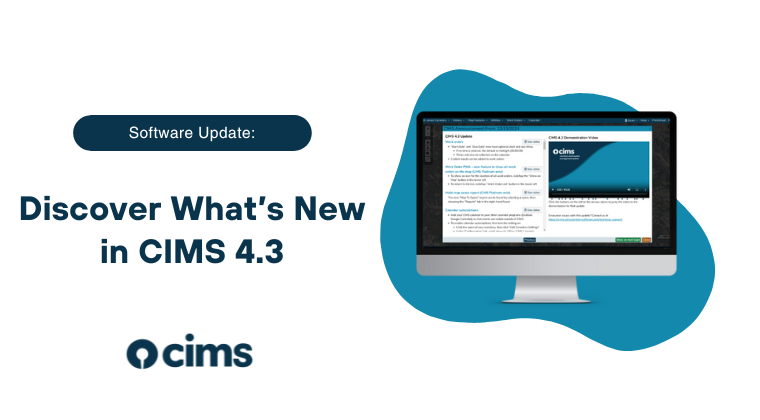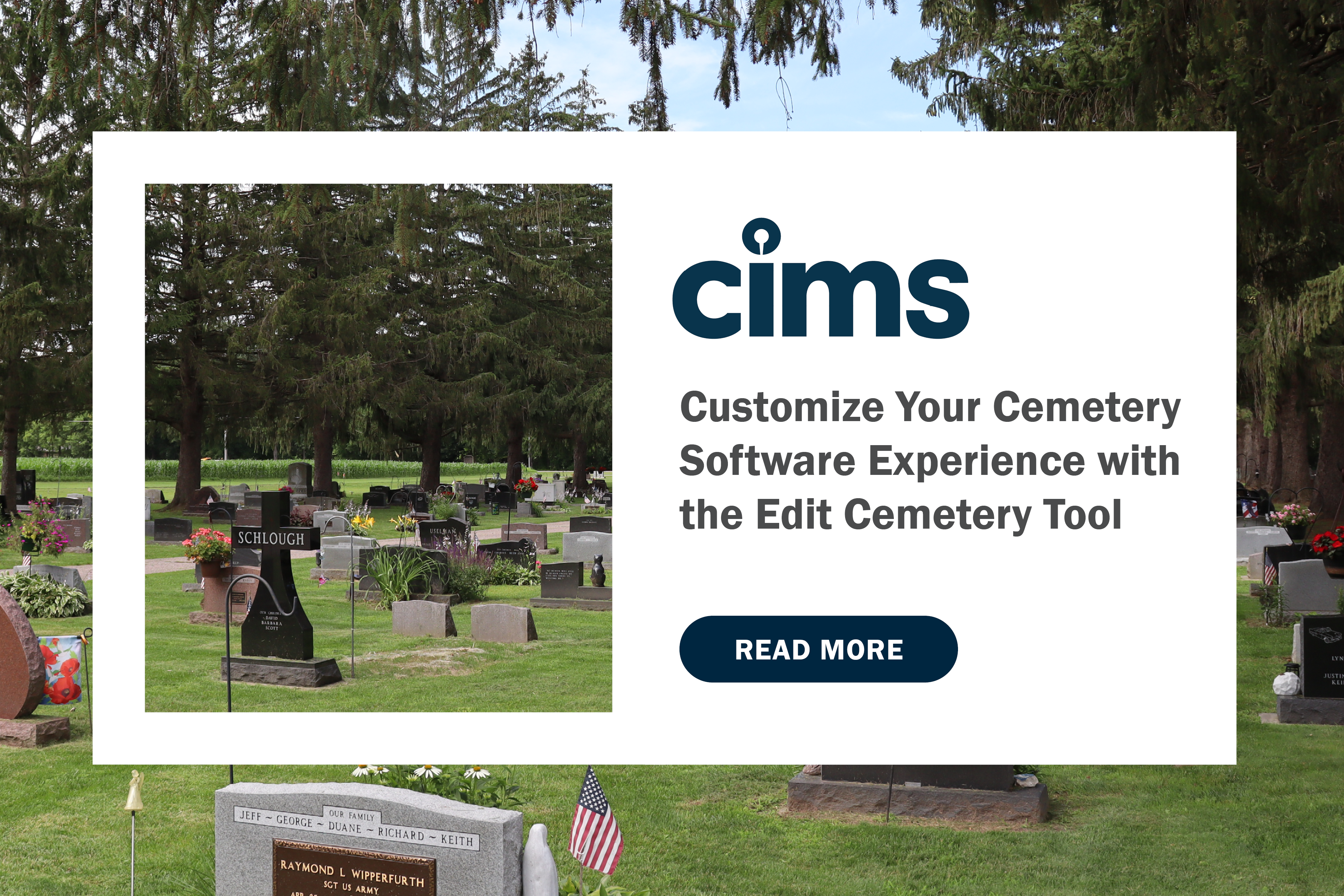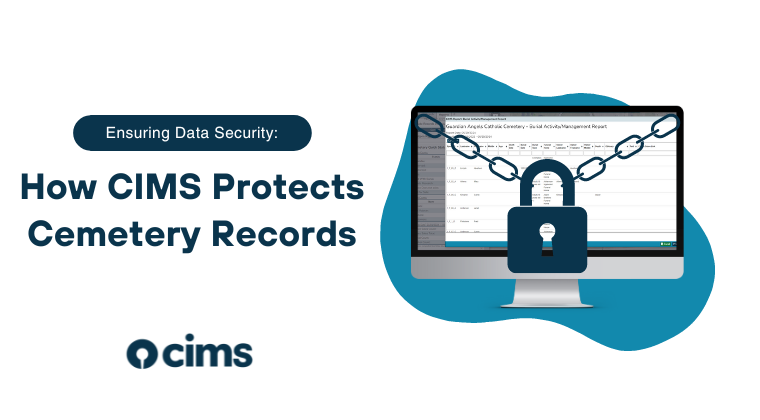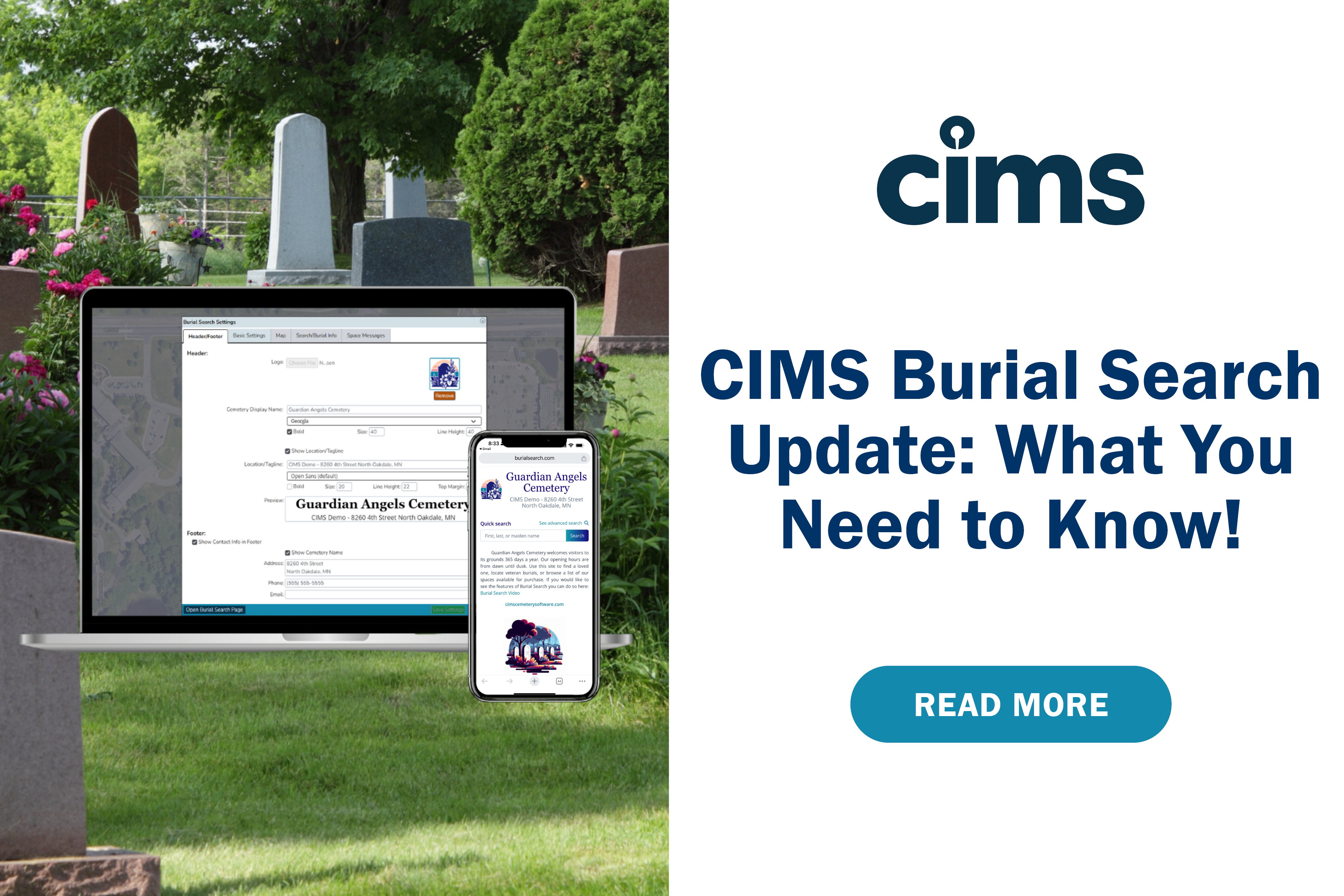Meet Ramaker, the Company Behind CIMS
CIMS (Cemetery Information Management System) was created in 1998 with a simple goal: to help cemeteries manage their records and maps more efficiently. The idea originated when Ramaker, a 25-person engineering firm at the time, responded to a request for proposal from the City of Manitowoc, Wisconsin. That project revealed a broader need for intuitive, digital cemetery management solutions—and CIMS was born.

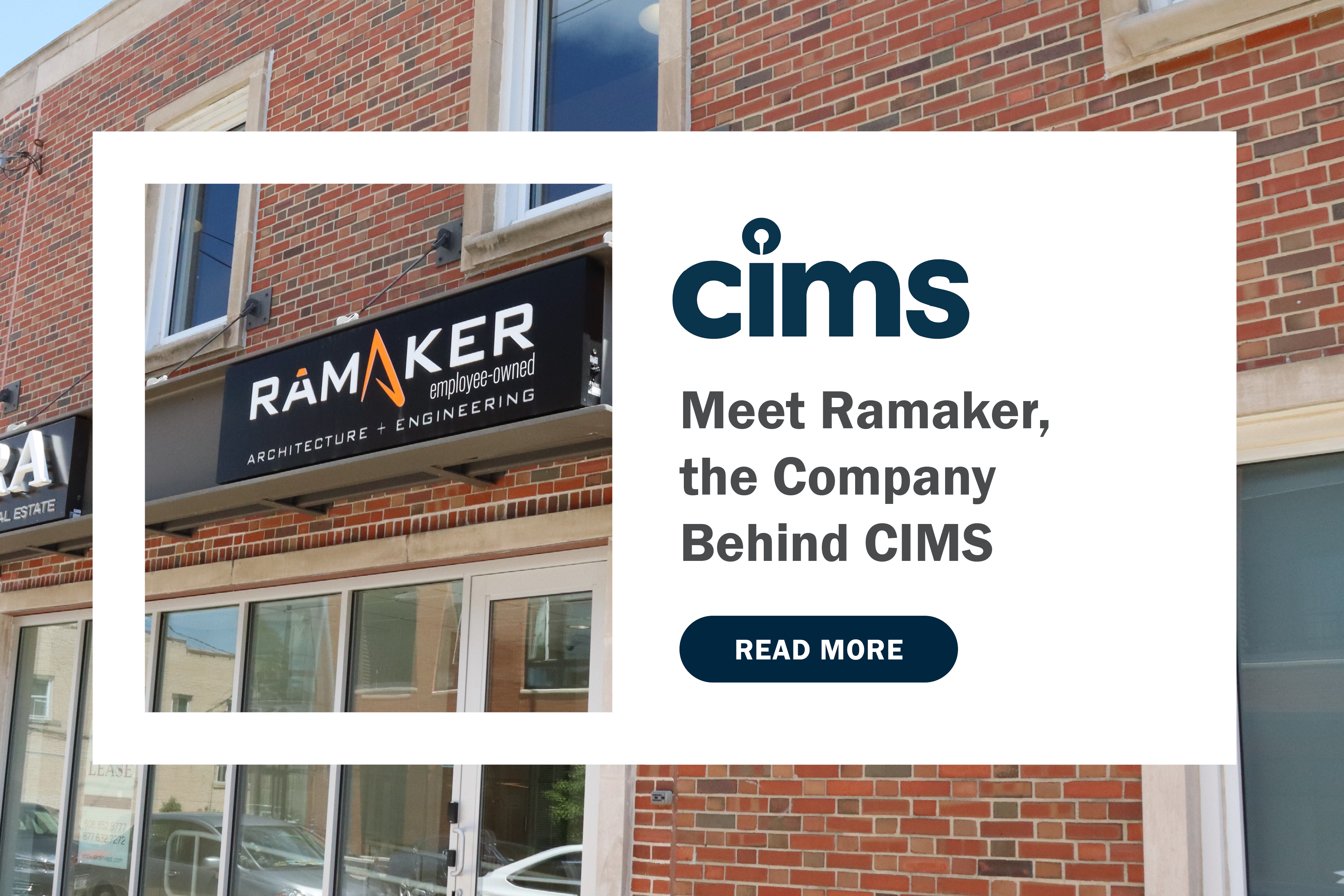
-1.png)
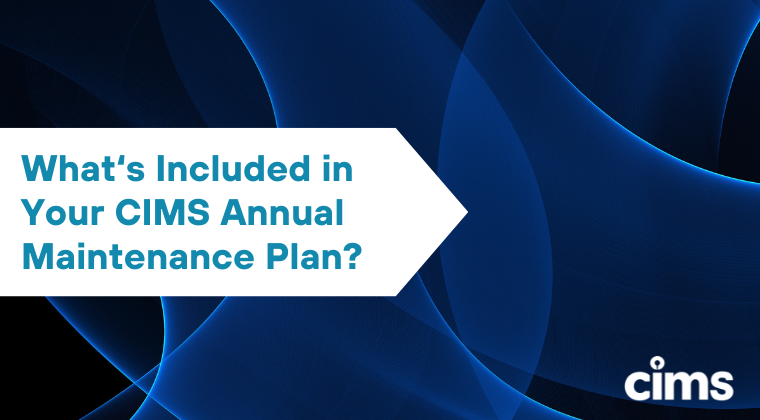
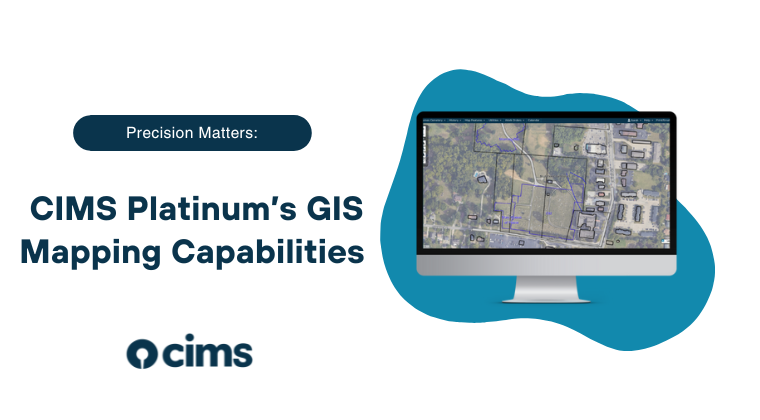
.png)
